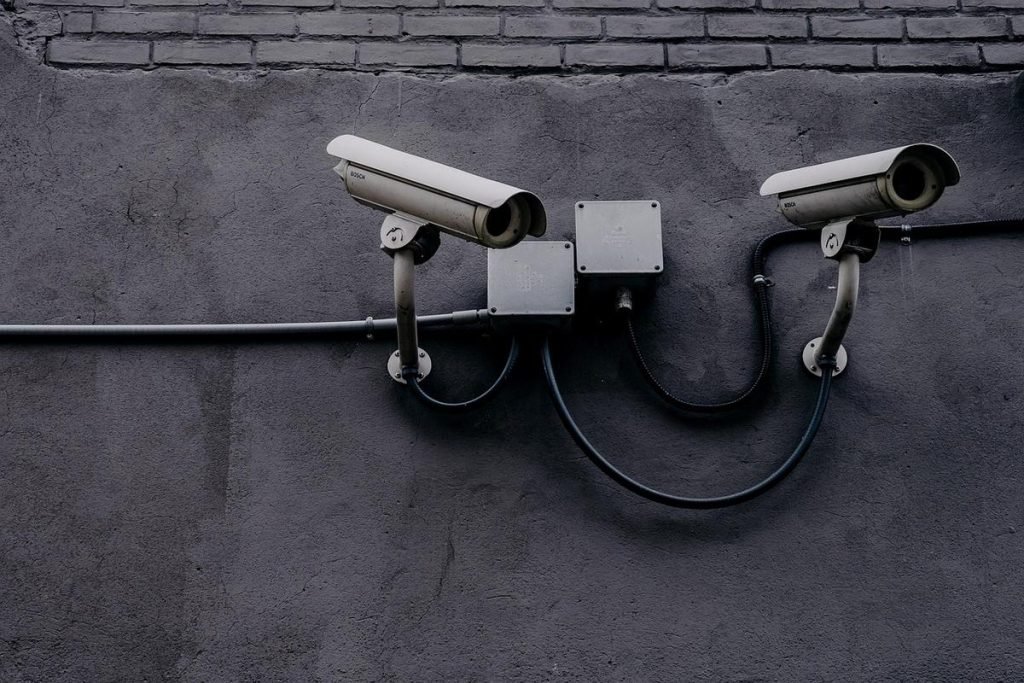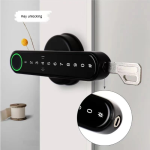Key elements such as clear sightlines, bright illumination, controlled entry points, electronic monitoring, well-marked signage and regular patrols lay the foundation for a secure multi-level parking structure.
Campus parking decks can free up valuable land in tight urban settings, yet overlooking safety details can turn them into trouble spots. Theft, vehicle break-ins or even assaults have made certain facilities notorious. Keeping users safe—both in reality and in perception—requires deliberate design choices and coordinated upgrades.
Campus land carries a high price tag, especially downtown. Rather than sprawling surface lots, many institutions now stack vehicles above or below ground. A compact footprint saves money, but it also creates hidden corners where criminals may lurk. A parking security plan must deter illicit behavior by making offenders feel exposed, monitored and boxed-in. At the same time, regular users need to sense that they can come and go without fear. If students, staff or visitors avoid a lot or deck, campus revenues and reputation can suffer.
This overview breaks into two parts. First, it highlights ideal features for new parking structures. Second, it offers practical steps for retrofitting older facilities.
Design for Maximum Visibility
Obscured corners and shadowy recesses invite criminal activity. Designers should aim for uninterrupted lines of sight from almost every vantage. A guiding principle is “see and be seen.”
• Choose support columns instead of solid retaining walls.
• Steer clear of architectural ledges or overhangs that carve out blind patches.
• Keep parking lanes, ramps and neighboring stalls fully visible from any point.
• Replace enclosed stairwells with open steel-frame stairs.
• Pick elevators with glass walls or large view panels.
• Eliminate alcoves, recessed sections and long, unbroken hallways.
• Limit plantings to low shrubs under two feet tall; prune tree branches that block sightlines or lighting.
• Install flat-panel acrylic mirrors to open up hidden angles.
• Paint columns, ceilings and walls in a high-reflective white to boost ambient brightness.
• Convert solid stairwell doors to glass-paneled versions whenever possible.
Access Control and Entry Management
Criminals size up potential targets by counting entrances and escape routes. A structure with too many openings lets thieves slip in and out undetected. A tighter perimeter makes a deck look controlled and watched over.
• Funnel vehicles through as few ramps and access points as practical.
• Position pedestrian doors where they fall inside the view of cameras or staffed booths.
• Mark non-essential doors as emergency exits; equip them with alarms and clear signage stating that alarms will sound on opening.
• Use see-through glazing or mesh fencing to maintain visibility without granting unauthorized entry.
• Secure open areas with coated tubular steel or welded wire fence panels.
Way-Finding and Signage
Well-placed signs reinforce the idea of ownership and oversight. Clear directions also keep legitimate users moving smoothly, so they don’t wander into remote spots.
Sign content might include:
• Facility rules and regulations
• Orientation maps pointing toward stairs, elevators and exits
• Arrows marking traffic flow for entry and exit lanes
• Color-coded levels, symbols or numbers to identify each deck
• Locations of emergency phones and exits
Electronic Monitoring and Alarm Systems
A layered electronic network gives security staff eyes and ears inside the structure. Three of the most critical systems are video surveillance, door alarms and emergency call stations.
• Mount CCTV cameras at all main vehicle and pedestrian entrances—and above emergency exits.
• Place cameras in any spot with a history of problems or low natural surveillance.
• At driveways, choose cameras capable of capturing legible license plates and, where possible, the driver’s face.
• At pedestrian gates, install cameras at narrow access points with enough lighting and resolution for facial ID.
• Fit exit-only doors with local alarms; post signs warning that opening triggers an alert.
• Locate call boxes on every floor; top them with blue lights and signs so users can spot them quickly.
• Route video feeds to a central dispatch center so operators can spot incidents as they unfold.
• Consider video-analytics software that highlights unusual motion or loitering.
Lighting Strategies
Bright, even illumination is one of the strongest crime deterrents. A well-lit structure feels more open and safe.
• Standardize on white-light sources rated at 4,000 K or higher for natural color and clarity.
• Fit fixtures that cast light onto walls and columns as well as onto driving lanes.
• Paint every surface—pipes, beams, ceilings and walls—with reflective white paint. This can boost overall illumination by more than 30 percent.
• Light up both the foreground and the background around exterior façades so no dark pockets remain.
• Use energy-efficient lamps such as LED, fluorescent tube, mini-fluorescent, induction or metal-halide.
• Add extra lamps or spotlights in any known trouble spots or high-risk corners.
Security Patrols and Officer Presence
On-foot or vehicle patrols lend a human touch that electronic systems can’t match. The key is choosing outgoing staff, training them well and making their movements unpredictable.
Rule 1: Patrols must be visible.
Rule 2: Friendly engagement boosts both customer service and crime prevention.
• Hire officers with strong communication skills and a welcoming approach.
• Teach the 10-5 rule: at ten feet, make eye contact plus a smile or nod; at five feet, offer a brief greeting.
• Encourage officers to assist anyone who seems lost or uneasy.
• Use ongoing role-play and supervisor feedback to sharpen patrol techniques.
• Vary patrol intervals and routes so no pattern emerges.
• Randomize indoor checks by riding elevators to different levels and then walking down ramps.
• Consider standing-height patrol vehicles—like Segways or electric scooters—that provide a commanding view and move easily through pedestrian areas.
• Include a training module for any electric-vehicle fleet covering safe operation, policy guidelines and emergency response procedures.



